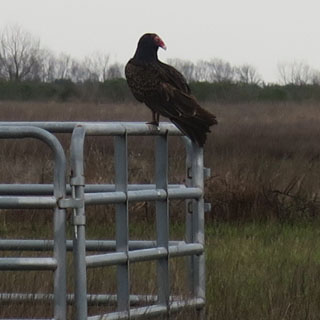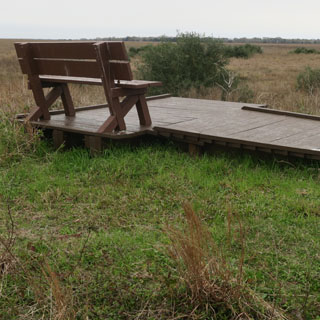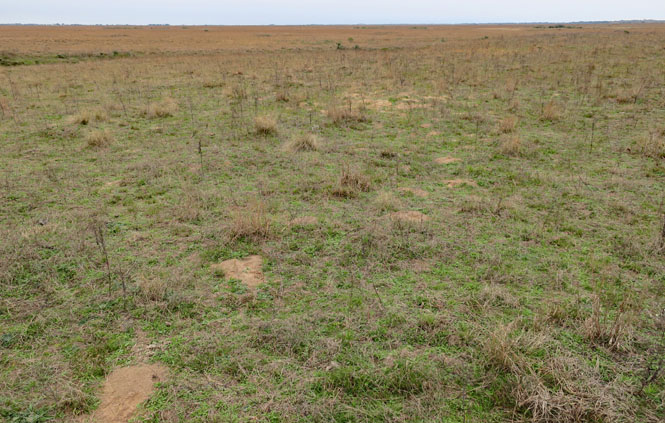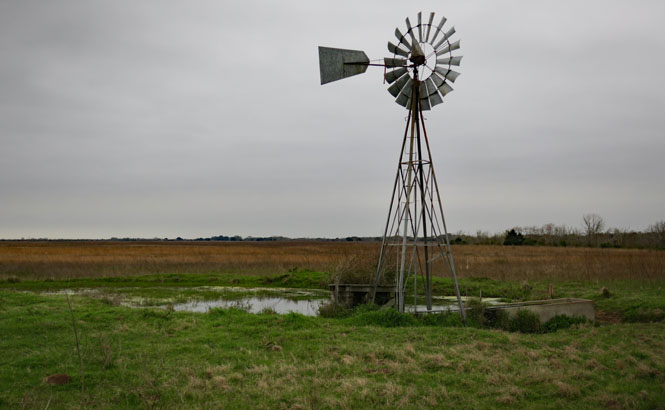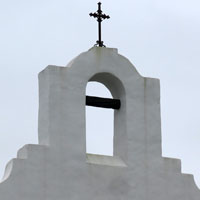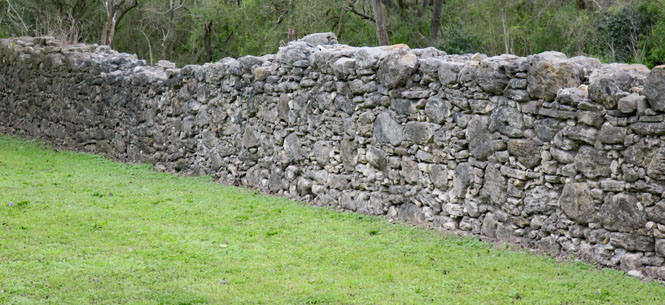February 21, 2019
A trip to see the last wild range of a very rare bird as well as one of the more important sites marking the history of Texas.
 Texas
Texas
 Attwater Prairie
Chicken National Wildlife Refuge
Attwater Prairie
Chicken National Wildlife Refuge
Attwater Prairie Chicken National Wildlife
Refuge is one of the largest remnants of coastal prairie habitat remaining
in southeast Texas.
It is home to one of the last populations of the
critically endangered Attwater's prairie-chicken, a ground-dwelling grouse
of the coastal prairie ecosystem.
Formerly occupying some six million
acres of coastal prairie habitat, the Attwater's prairie-chicken was once
one of the most abundant resident birds of the Texas and Louisiana tall
grass prairie ecosystem.
The prairies they knew extended along the
Gulf Coast from Corpus Christi, Texas, north to the Bayou Teche area in
Louisiana and inland some 75 miles. Grasses of many species waved in the
winds including little bluestem, Indiangrass, and switchgrass.
--NWR
website
While there are only a few Attwater's Prairie Chickens around, I was still hoping to get at least a glimpse of one. But, that didn't happen. I think I needed to be here just a couple of hours earlier.

While I didn't see any Prairie Chickens, I did see plenty of other birds of all sizes and sounds.
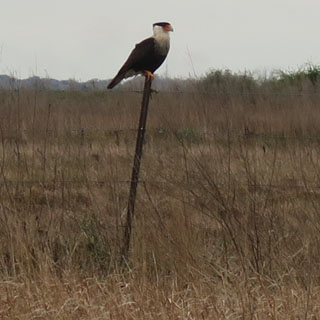
The visitor center has (as is always the case) helpful people.
A few nice trails take you to a bird blind. Truly, the place was noisy with birds.


I looked closely and for a good amount of time, but I'm afraid I didn't see a single Prairie Chicken.
 Mission Nuestra Señora del Espíritu Santo de Zúñiga
Mission Nuestra Señora del Espíritu Santo de Zúñiga
The mission was established in 1722, when this was all part of Spain. The point of the mission was to convert native Indians. Not far from here was Presidio La Bahía, which was intended to maintain Spain's claims against France.
The mission (and church) remained with the priests even after Mexican independence in 1821, but by 1830 it was abandoned and became part of the small town of Goliad.
The state park was created in 1931 on the site of the ruins and eventually the grounds have been brought back to the look of what was once here.




Somewhat curiously, while the Mission is owned by the state of Texas, the Presidio is owned by the Catholic Dioceses of Victoria.
The current location of the presidio dates from 1747.
The Massacre - In 1836 (not long after the Battle of the Alamo) soldiers under the command of Colonel James Fanning were captured near the presidio and were brought here. Instead of being treated as prisoners of war, the captives were considered to be rebels and were executed. Over 350 were killed in what would be called the Goliad Massacre.
The bust (below) is of Francita Alavez, now known as "the Angel of Goliad" for interceding on the behalf of soldiers and preventing their death.

The chapel of the presidio.
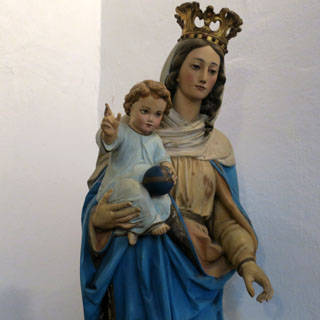
Most all of what is seen today has been rebuilt. The presidio (much like the nearby mission) was in ruins.
The Fannin Monument, where the bodies of those killed were buried in a mass grave. The monument was built in 1938.
Ignacio Zaragoza Seguin was born here in 1829. Zaragoza was the commanding general during the battle of Puebla on May 5, 1862 (against France), which is now commemorated as Cinco de Mayo in the United States. Of course, when Zaragoza was born this was Mexico.




